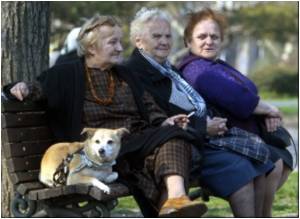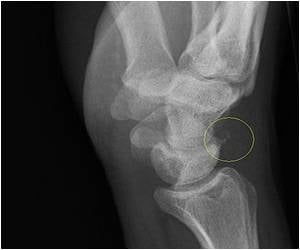Researchers have generated new insights about postmenopausal women into the ways in which physical activity affects how much estrogen is broken down and secreted in the urine.

Previous studies have suggested that increased physical activity may reduce the risk for breast cancer among postmenopausal women, and that this might be a result of physical activity lowering endogenous estrogen levels, according to Cher Dallal, Ph.D., a National Cancer Institute (NCI) cancer prevention fellow. However, few studies have evaluated the influence of physical activity on the breakdown of estrogens in postmenopausal women. This breakdown process, called estrogen metabolism, results in a variety of molecules known as metabolites.
"This is the first study to consider the relationship between accelerometer-measured activity and a panel of estrogen metabolites measured in urine," said Dallal. "We hoped by using direct measures to examine this relationship that we could improve our knowledge of how these factors may influence cancer risk among postmenopausal women."
Dallal and colleagues studied 540 healthy, postmenopausal women who were enrolled in the NCI Polish Breast Cancer Study, conducted from 2000 to 2003. None of the women were taking menopausal hormone therapy. The investigators measured physical activity by accelerometer, which is a small device that women wore on their waists during waking hours for seven days. According to Dallal, accelerometers provide objective readings of physical activity compared with participants self-reports, which have been the predominant measure in previous studies.
Women also provided a 12-hour urine sample. The researchers tested the samples for estradiol and estrone, two "parent" estrogens, plus 13 different estrogen metabolites using a new assay developed by the NCI. According to Dallal, this novel assay can detect multiple urinary estrogens, compared with those used in previous studies that only measured one or two metabolites individually.
The researchers found that increased physical activity was associated with lower levels of parent estrogens. In addition, higher levels of physical activity were associated with lower levels of four specific estrogen metabolites. Dallal cautions, however, that further research on estrogen metabolism will be needed to understand how these metabolites play a role in mediating breast cancer risk.
Source-Newswise
 MEDINDIA
MEDINDIA




 Email
Email










